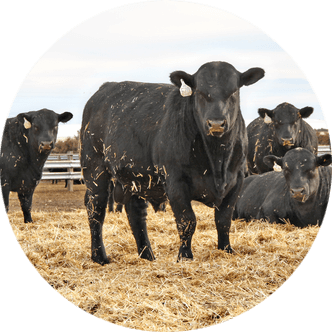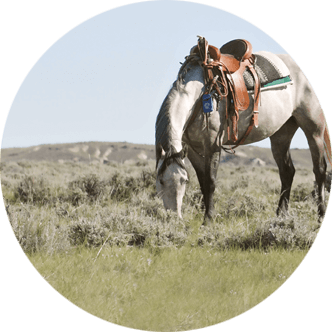Virginia Tech Extension specialist discusses benefits of crossbreeding sheep
In an Aug. 22 edition of the American Sheep Industry Association’s (ASI) Research Update podcast, Virginia Tech Extension Beef and Sheep Specialist Dr. Scott Greiner discusses the benefits of crossbreeding sheep with Jake Thorne, podcast host and sheep and goat program specialist at Texas A&M AgriLife Extension.
The conversation covers how crossbreeding can impact the productivity, efficiency and adaptability of flocks, as well as practical considerations for producers interested in implementing crossbreeding strategies on their own operations.
What is crossbreeding?
To provide background, Greiner begins by defining crossbreeding as “a systematic way of combining and utilizing different breeds to enhance or improve various production traits.”
Greiner notes these traits encompass everything capable of impacting a producer’s bottom line, including maternal instinct, carcass merit, rate of gain and more.
The diversity of the sheep industry means some breeds have advantages over others with regard to certain categories, and Greiner says a breeding strategy prioritizing breed complementarity can be utilized for a more productive lamb crop.
“In the sheep business, we have a lot of different breeds at our disposal, and all of these breeds have strengths and weaknesses.” Greiner says. “Breed complementarity is utilizing different breeds to complement one another, to perhaps mask weaknesses or add to strengths of various breeds.”
For example, Greiner explains maternal breeds known for mothering capability can be bred to terminal breeds known for growth and carcass merit to optimize the end product in the resulting lamb crop.
Heterosis and heritability
Breed complementarity has a direct impact on the genetic phenomenon called heterosis, which is the tendency of crossbred offspring to exhibit superior qualities to those of both parents.
To explain this, Greiner provides the example of weaning weights, citing research which reflects a roughly five percent boost in crossbred versus straight-bred offspring. He also makes note of the “inverse relationship” between heterosis and heritability, which is the portion of traits inherited due to genetics.
Greiner emphasizes highly heritable traits like carcass and wool traits have a relatively low level of heterosis and are therefore not greatly affected by crossbreeding.
In contrast, lowly heritable traits like reproductive ability and survivability have a high level of heterosis and can be influenced dramatically through crossbreeding. Greiner further says the advantages of a crossbreeding system are mostly realized through crossbred ewes.
Greiner notes the impact of heterosis in a crossbred ewe manifest through advantages in fertility and prolificacy, as well as ability to raise lambs which survive longer and have higher weaning weights due to the ewe’s increased genetic maternal capability.
“Ewes generating more lambs, which in turn generate more pounds, is what pays the bills,” Greiner says. “Crossbreeding through maternal heterosis helps optimize this.”
Other takeaways
The conversation concludes with a look into important considerations for producers hoping to implement crossbreeding on their operations. In addition to genetic considerations, Greiner stresses the importance of matching breeds to environmental conditions when it comes to crossbreeding.
“The fundamental place to start is selecting breeds of sheep which fit our environment,” Greiner says.
He also recommends “matching the ewe to the environment and the ram to the marketplace” which means selecting ewes capable of thriving and raising a lamb in the producer’s environment and breeding them to a ram chosen for qualities which will fit the eventual lamb crop’s intended market.
Finally, Greiner underscores the importance of maintaining records to monitor whether crossbreeding strategies are proving useful to a specific operation and incorporating crossbreeding at a manageable rate rather than diving into several breeds right away in order to keep strategies simple and sustainable.
Grace Skavdahl is the editor of the Wyoming Livestock Roundup. Send comments on this article to roundup@wylr.net.





